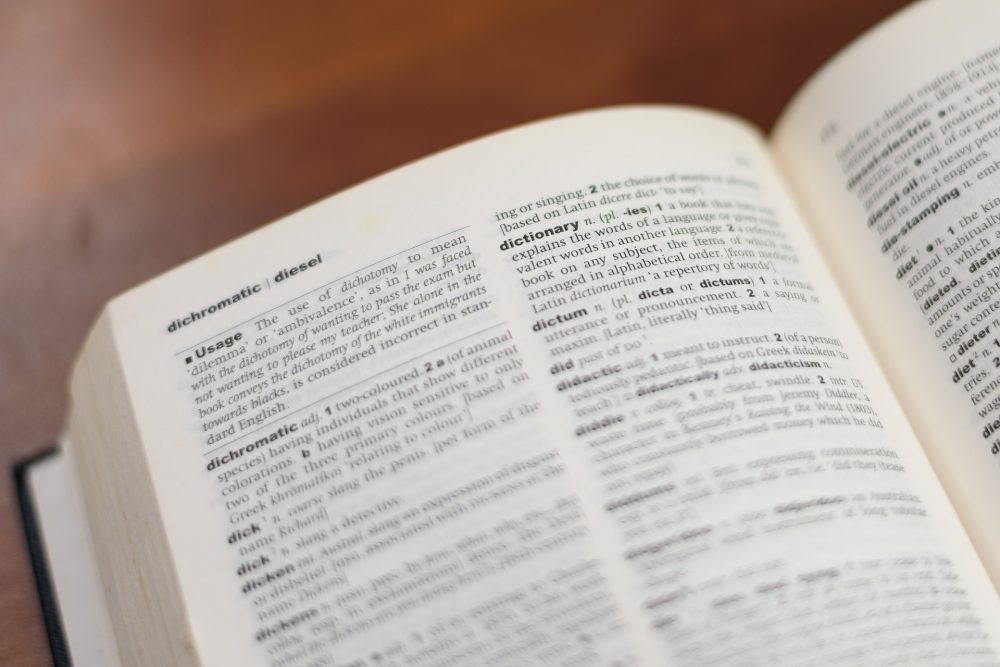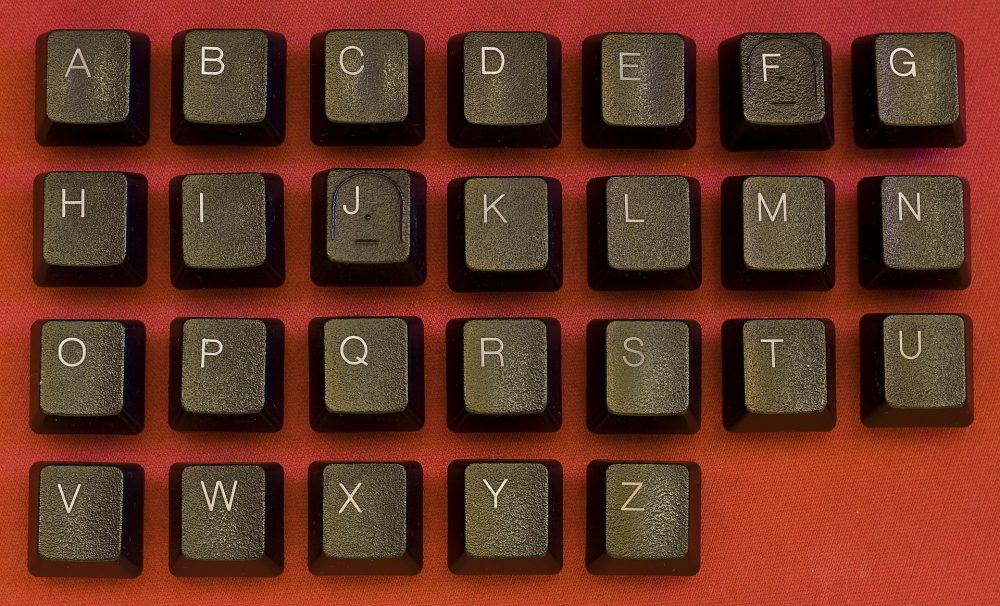Today, we are in the era of smartphones and computers, where personal letter writing is not practiced as much as during the classic era. But it is a crucial skill that you need to use when writing things such as complaint letters, apology letters, holiday letters, and correspondence letters. Therefore, do not get surprised when your tutor asks you to write a personal APA or MLA letter.
When students are faced with the task of writing personal letters, looking at a blank paper is enough to cause them a lot of stress. Most of them wonder, “where do I start, and what is the best way to write it?” In this post, we are going to tell you about the best personal letter format and outline key tips to craft a winning piece.
What Is A Personal Letter?
Before we dive into the mechanics of writing a great personal letter, it is important to understand what it is. What is a personal letter?
A personal letter, also known as a personal business letter, is a type of letter you do as an individual to a company or a person in an organization. In most cases, personal letters focus on a single topic. For example, your letter could focus on apology to your boss or a complaint, to mention but a few.
But no matter the focus, the personal letter structure is similar. The only thing that differs when it comes to personal letters is content.
How To Write A Personal Letter
While it is true that the art of writing letters requires some practice, the good thing about it is that you can practice without so much expertise. Indeed, writing personal letters and the personal letter writing format is pretty straightforward. To help make the process simpler for you, here is a demonstration of how to format a personal letter.
- Sender’s information
This is the first item in any personal letter. Here, you only need your name, the street name, building, zip code, and city. Note that in some cases, you could also leave your name because it will be included at the end of the letter. Make sure to avoid using abbreviations. For example, use “Street” instead of using “St.” - Date
Leave some space below the sender’s information, about one line, and write the date when the letter was written. Here, you can opt to use the format like “December 2, 2019 if in the US or 2 December 2019 if in Europe. - Recipient information
Below the date, go ahead and include the addressee details (name and address). Make sure to use the right title for the recipient. If the target has specific academic accreditations, make sure also to include them. - Salutations
Immediately after the recipient information, you should include the right salutations to the person you are writing to. Make sure to start with the word “Dear” followed by the appropriate titles. If you know the person well, go ahead and use his/her first name. - Subject line/Personal letter heading
The subject line is like a topic in a standard essay. Here, you highlight the main subject of the letter. Note that the subject line is not mandatory in an essay. - The body
While some people prefer to go straight to the point they want to tell the recipient; it is better to start the body of your letter with a short introductory paragraph.This should be one or several sentences that help to draw the readers’ attention to the matter at hand. The introduction is very important, especially if the person you are writing does not know you.
Then, go straight to the purpose of the letter and provide the details under your consideration. You could write the details of the letter in paragraphs or break them into bullets depending on the issue under consideration.
Note that although there is no limitation on the length of personal business letters, brevity is a virtue.
The personal letter closings should be the last paragraphs in personal letters. The closing helps to summarize the entire content and calls a specific action. This is very important in your personal business letter format because it prompts a reaction from the recipient. Just below the last paragraph, formally close the letter with “best regards” or “thank you.”
- Sign out the letter
At the bottom of the letter, you should include your signature, name, company name (optional), and your address. If you have specific institutional affiliations and job titles, make sure also to include them. - Optional elements
The above personal letter format is complete and should work fine. However, if you will send the letter together with other attachments, it is important to highlight them at the bottom.Make sure to include a statement such as attached are my work summaries, certificates, or reports.
Special Tips for Writing a Personal Letter
From the above structure and format of personal letter, you will realize that crafting a great letter is not as difficult as some perceive it. But if you want to make the letter sparkle more, here are some useful tips from the best English assignment writers.
- Keep off excessive familiarity: Even if you know the person that you are addressing the letter to, it is advisable to keep some significant distance when crafting the letter. Note that most of the letters might end up in business files where more people might have access to it. Therefore, make the letter as formal as possible.
- Be as concise as possible: Notably, every personal business letter has a purpose. Therefore, it is advisable to keep your message as precise as possible. Make sure to avoid generalization, figures of speech, or metaphors that can easily be misinterpreted. Simply keep the message to the point without going beyond that.
- Be professional: When it comes to personal business letters, it is prudent to stay professional. But more importantly, appreciate that the recipient is a human being. Since the person might have dozens of similar letters to read every day, being precise can help the recipient to save time.
- Carefully proofread your letter before sending: Like in other types of writings, spelling and grammar mistakes should be avoided as much as possible. To do this, consider proofreading the letter severally to identify and correct all mistakes before dispatching the letter.
- Always include a call to action: When you write a personal letter, you anticipate a specific reaction from the recipient. Do you want the manager, CEO, or the target recipient to act on a complaint, attend the launch of a product, or provide an advisory? Providing the recipient with a call-to-action helps to guide him/her on what to do with your letter.
Sample Personal Letter
In this sample, we will demonstrate how you should place various components of a personal letter and understanding the format for personal letters. You can use the personal letter format example to learn how to write your own or even edit different parts.
Joe Smith,
406 Grove Street, Apartment 39,
New York, NY 1004.
55-1234
joesmith@mail.com
December 12, 2019.
James Edward,
The Chief Executive Officer,
XYZ Incorporation,
New York, Canal Street, 517.
Dear Mr. Edward,
My name is Joe Smith, and I have been an employee at XYZ Company since December 2017. I am writing to you requesting for a transfer from my current position as the company’s operations manager to a similar position in the company’s branch in Nevada.
My wife has been reassigned to Los Angeles in her federal job and, to show my support for her and my family, I find moving and being near her necessary. I am especially interested in the transfer because I have been with the company for several years and sincerely enjoyed my work. This way, I can continue working for a company that has greatly supported my career.
I have no doubt that my skills as an operations manager will make me a positive addition to the company’s team in Nevada. I have also learned that the Nevada Branch is in the process of introducing the new computing system that was adopted at our New York unit last year. This will be a great opportunity for me to help the XYZ branch in Nevada to be successful.
I feel sad that I will have to leave colleagues who have become more than friends to me. They are part of me. But I feel that this is a time to move and be with the family.
I look forward to hearing from you on this request for a transfer soon.
______________________
Sincerely,
Joe Smith,
Operations Manager,
XYZ Company.
Personal Letter Writing Guidelines
Although writing a personal letter is considered complex, it does not have to be. Using the above guidelines and tips, we have demonstrated that with some little effort, you can easily craft a winning personal letter. But if you still find it difficult, it is advisable to seek assignment help.
Many students also find writing personal letters, essays, and other types of academic papers complex because of tight deadlines, other appointments, or the complexity of the subject. Besides, the requirements such as MLA personal letter format or APA letter format might be too complex to follow. Therefore, the best option is seeking assistance from expert writers to write your personal letter or any type of online assignment help. No need for stress at all!



